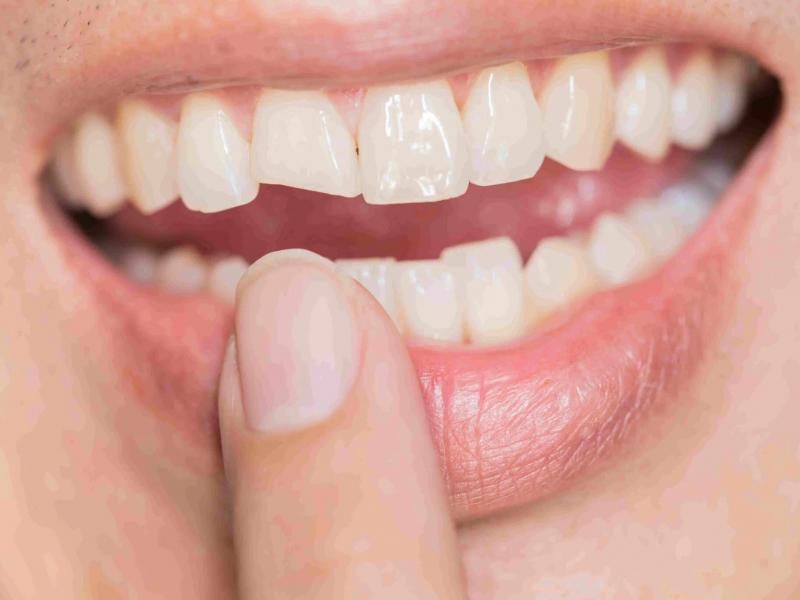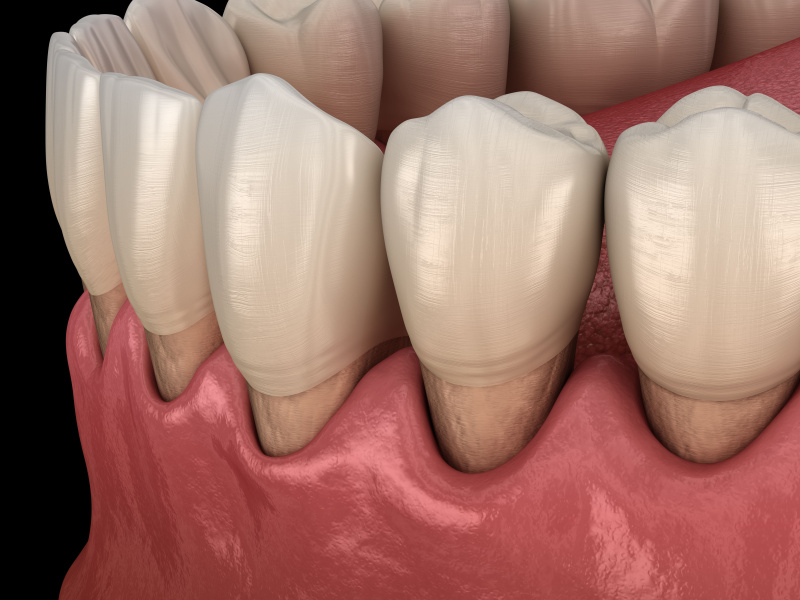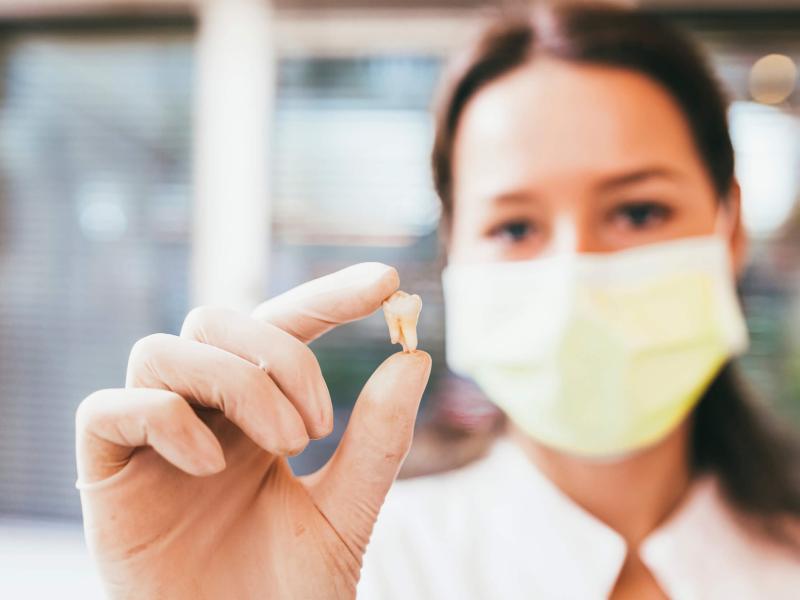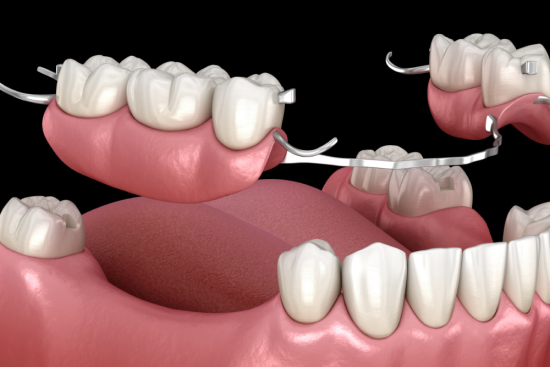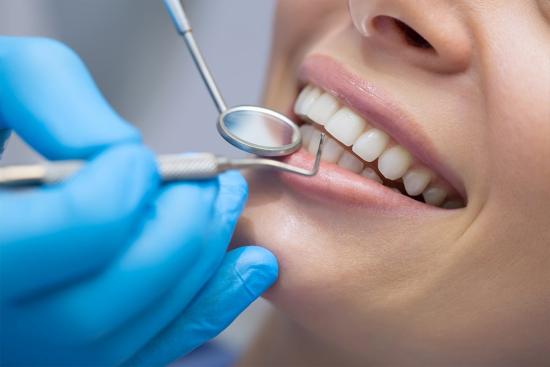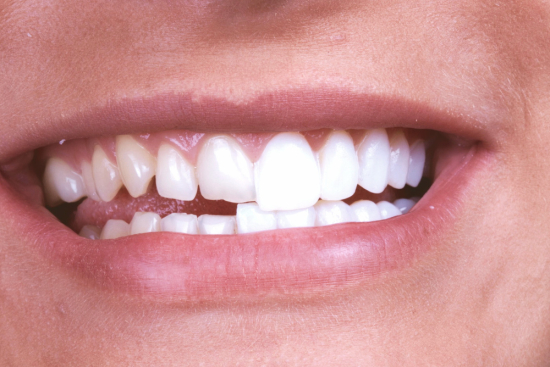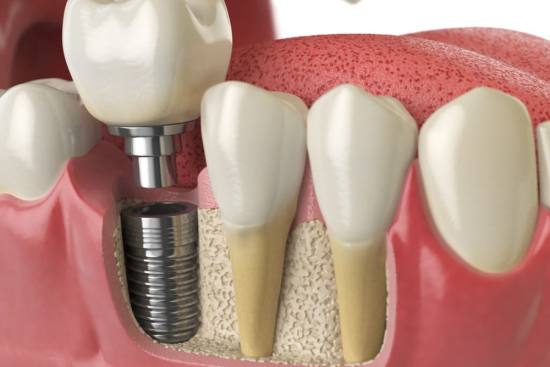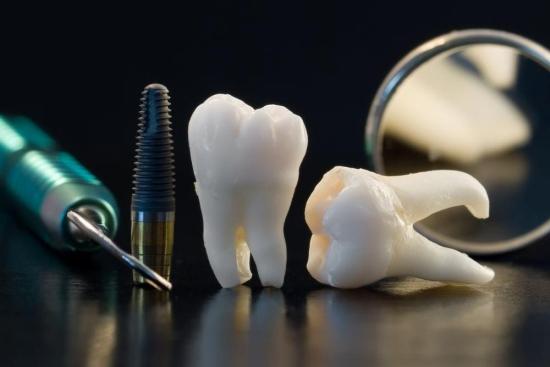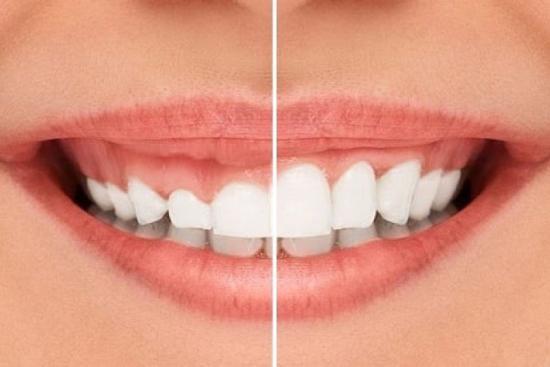A cracked or chipped tooth is usually the result of dental trauma. Our teeth are encased in enamel, which is the most mineralized and resistant tissue in our bodies. However, its ability to resist damage is not unlimited and can be compromised in the event of a fall, facial trauma, or chewing excessively hard foods. Such accidents are quite common and can affect both adults and children.
What to do if you have a broken or chipped tooth
If you have a broken, chipped, or fractured tooth, the patient should visit a dentist to avoid the risk of infection and, in the most serious cases, tooth loss. In the meantime, here are a few preventive measures you can take:
- Rinse your mouth with a saline solution.
- If the fracture has left a sharp or jagged edge, you can cover it with a piece of sugar-free chewing gum to prevent injury to the tongue or other parts of the mouth.
- Opt for soft foods and avoid biting with the damaged tooth.
- In case of pain, you can take an analgesic.
- If bleeding occurs, it may help to cover the tooth with a piece of medical gauze and apply gentle pressure until the bleeding stops.
Direct composite tooth reconstruction
Composite material is used in the direct reconstruction technique to restore teeth damaged by fracture or chipping. It consists of a plastic resin reinforced with tiny particles of glass or ceramic. It is available in a variety of shades to match the natural color of your teeth.
In addition to being used for fillings, this type of material provides the most aesthetically pleasing results. Direct composite restorations provide a completely natural-looking result, restoring chipped or broken teeth to their original shape and color.
Treatment for cracked or chipped teeth in Türkiye
The treatment required for a cracked or chipped tooth depends on the extent of the damage. If only a small portion of the enamel is broken, the repair can often be done in a single visit to the dentist. On the other hand, if the damage is extensive, the procedure will take longer.
Below are some of the treatment options your dentist in Türkiye may consider for repairing a broken or chipped tooth.
Dental Crown
If a large chunk of the tooth is broken off, or if the breakage is due to severe decay, the dentist can file away part of the remaining tooth and cover the whole with a crown, which is designed to protect the tooth and improve its appearance.
Endodontic treatment (devitalization)
If a tooth is experiencing symptoms such as pain, discoloration, or sensitivity to heat, the pulp has likely been damaged by a fracture. In such a situation, the most appropriate treatment is root canal therapy. This is a painless procedure that involves removing the pulp, cleaning the root canal, and then sealing the canal.
Often, the treated tooth will need to be covered and protected with a dental crown.
Repairing a cracked or broken tooth with dental veneers
If the broken or chipped tooth is in the front part of the dental arch, dental veneers can put everything back in place perfectly.
Dental veneers are thin layers of ceramic or porcelain that are applied to teeth to cover surface imperfections. In addition to repairing damaged teeth, veneers can correct other aesthetic problems such as stains, irregularities in shape or size, misaligned teeth, and even small gaps between teeth (diastemas).
There are several types of dental veneers, each differing in the material used, which affects their durability and cost. Ceramic and porcelain veneers are the most widely used and the most effective due to the high strength and durability of these materials.
This solution is often chosen by actors, sports stars, and celebrities to achieve a perfect smile without surgery.

